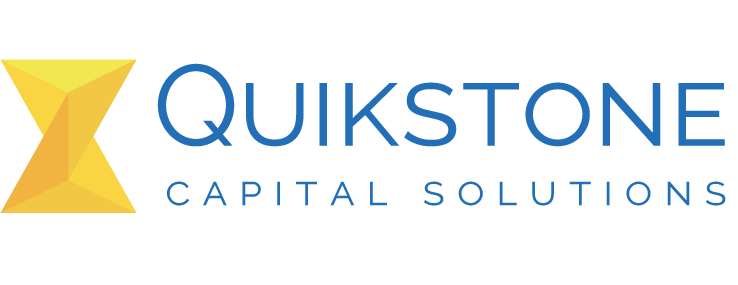 In the face of unexpected disasters, having a solid recovery plan can mean the difference between business continuity and closure. Learn how to develop an effective disaster recovery plan for your small business.
In the face of unexpected disasters, having a solid recovery plan can mean the difference between business continuity and closure. Learn how to develop an effective disaster recovery plan for your small business.
Assessing Potential Risks and Vulnerabilities
The first step in developing a robust disaster recovery plan is to assess potential risks and vulnerabilities that could impact your small business. This involves identifying both natural and man-made disasters such as floods, fires, cyber-attacks, and power outages. Evaluate the likelihood of these events occurring and the potential impact they could have on your operations.
Conducting a thorough risk assessment will help you understand where your business is most vulnerable and what resources you need to protect. This process should include reviewing your physical location, IT infrastructure, supply chain, and any other critical components of your business. By identifying these risks early, you can prioritize your efforts and allocate resources more effectively.
Creating a Comprehensive Disaster Recovery Strategy
Once you have identified the potential risks and vulnerabilities, the next step is to create a comprehensive disaster recovery strategy. This plan should outline the specific steps your business will take before, during, and after a disaster to ensure continuity of operations.
Your strategy should include detailed procedures for data backup and recovery, communication plans for employees and customers, and contingency plans for critical business functions. Additionally, consider establishing partnerships with local emergency services and other businesses to provide mutual support in times of crisis. Having a well-documented and actionable plan will help your business respond quickly and effectively when disaster strikes.
Implementing and Testing Your Recovery Plan
Having a disaster recovery plan is only effective if it is properly implemented and regularly tested. Start by ensuring that all employees are aware of the plan and understand their roles and responsibilities in the event of a disaster. Provide training and resources to help them execute the plan effectively.
Regularly test your recovery plan through drills and simulations to identify any weaknesses or gaps. This will allow you to make necessary adjustments and improvements. Testing your plan also helps to build confidence among your employees, so they know what to expect and how to react in a real disaster scenario.
Training Employees for Quick and Effective Response
Your employees are one of your most valuable assets when it comes to disaster recovery. Training them for quick and effective response is crucial to minimizing the impact of a disaster on your business. Provide regular training sessions on emergency procedures, communication protocols, and safety measures.
Encourage a culture of preparedness by involving employees in the planning and testing process. This will not only improve their readiness but also foster a sense of ownership and responsibility. Well-trained employees can act swiftly and decisively, reducing downtime and ensuring a smoother recovery process.
Regularly Reviewing and Updating Your Plan
Disaster recovery planning is not a one-time effort. It requires regular review and updates to ensure it remains effective and relevant. As your business evolves, so do the risks and vulnerabilities it faces. Schedule periodic reviews of your disaster recovery plan to incorporate changes in your operations, technology, and external environment.
Stay informed about new threats and best practices in disaster recovery. Engage with industry experts and participate in local preparedness initiatives to keep your plan current. By continuously improving your disaster recovery plan, you can ensure that your business is always prepared to face unexpected challenges.




